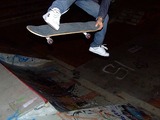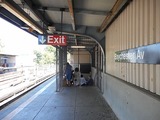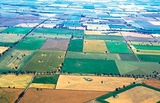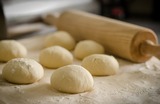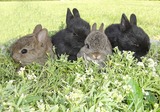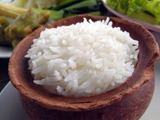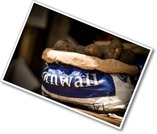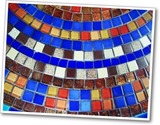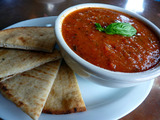
Lesson GuideAllow students who have a clear understanding of the content thus far in the unit to work on Gallery problems of their choosing. You can then use this time to provide additional help to students who need review of the unit's concepts or to assist students who may have fallen behind on work.Gallery DescriptionsBuilding BridgesStudents will examine a pattern and use expressions to show how to continue the pattern.Patterns in a TableStudents will complete a table by noticing relationships within the table and using those relationships to fill in empty cells in the table.Expressions for Perimeter and AreaStudents will write equivalent expressions for the perimeters and areas of various rectangles.Multiplication TableStudents will complete an unusual multiplication table by writing the algebraic expression that results from multiplying the terms given in the top row by the ones given in the left column.Garden BedsStudents will find the number of square tiles needed to pave around various configurations of rectangular garden beds. Then, students will write an algebraic equation to represent the number of square tiles needed to go around any number of plants in a single row.Telephone TreeStudents will solve problems about a telephone tree and use expressions to show the number of calls completed after a given number of rounds of calling.Stacks of DVDsStudents will write an expression to describe the width of a stack of DVDs, and then they will evaluate the expression for different numbers of DVD cases and boxed sets.Exponent Card SortStudents will complete a card sort that will give them practice working with exponents. Then they will use a set of blank cards to complete sets that purposely have one or two representations missing.Matching Words and ExpressionsStudents will match a verbal statement with its expression in this card sort.Investigating Factors and MultiplesStudents will investigate an interesting property of numbers involving the greatest common factor and the least common multiple.Fourth RockStudents will solve a problem about how long it will take for two imaginary planets in an imaginary solar system to align so that they are at their closest distance from each other.Factors of a NumberStudents will decide whether a mathematical claim about factors and multiples is true or false based on given criteria.Common FactorsStudents will look at two unknown numbers with a greatest common factor of 20 and determine what other factors must be common to the two unknown numbers. Students will use their answer to make a generalization.History of VariablesStudents will research the history of variables. When were they first used? Where were they first used? Who used them?Create a VideoStudents will use their creative powers to produce a video about expressions.
- Subject:
- Mathematics
- Material Type:
- Lesson Plan
- Date Added:
- 09/21/2015

